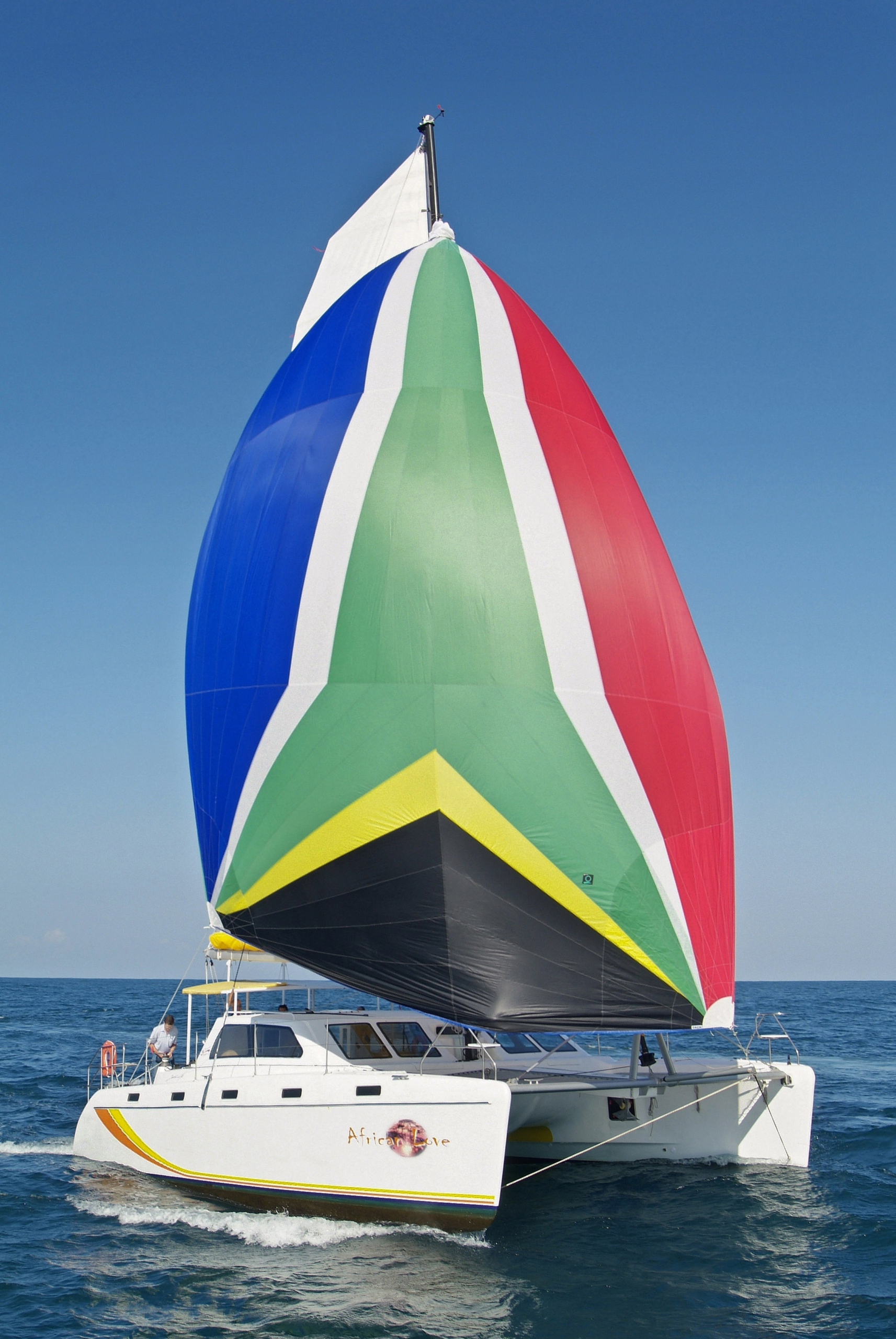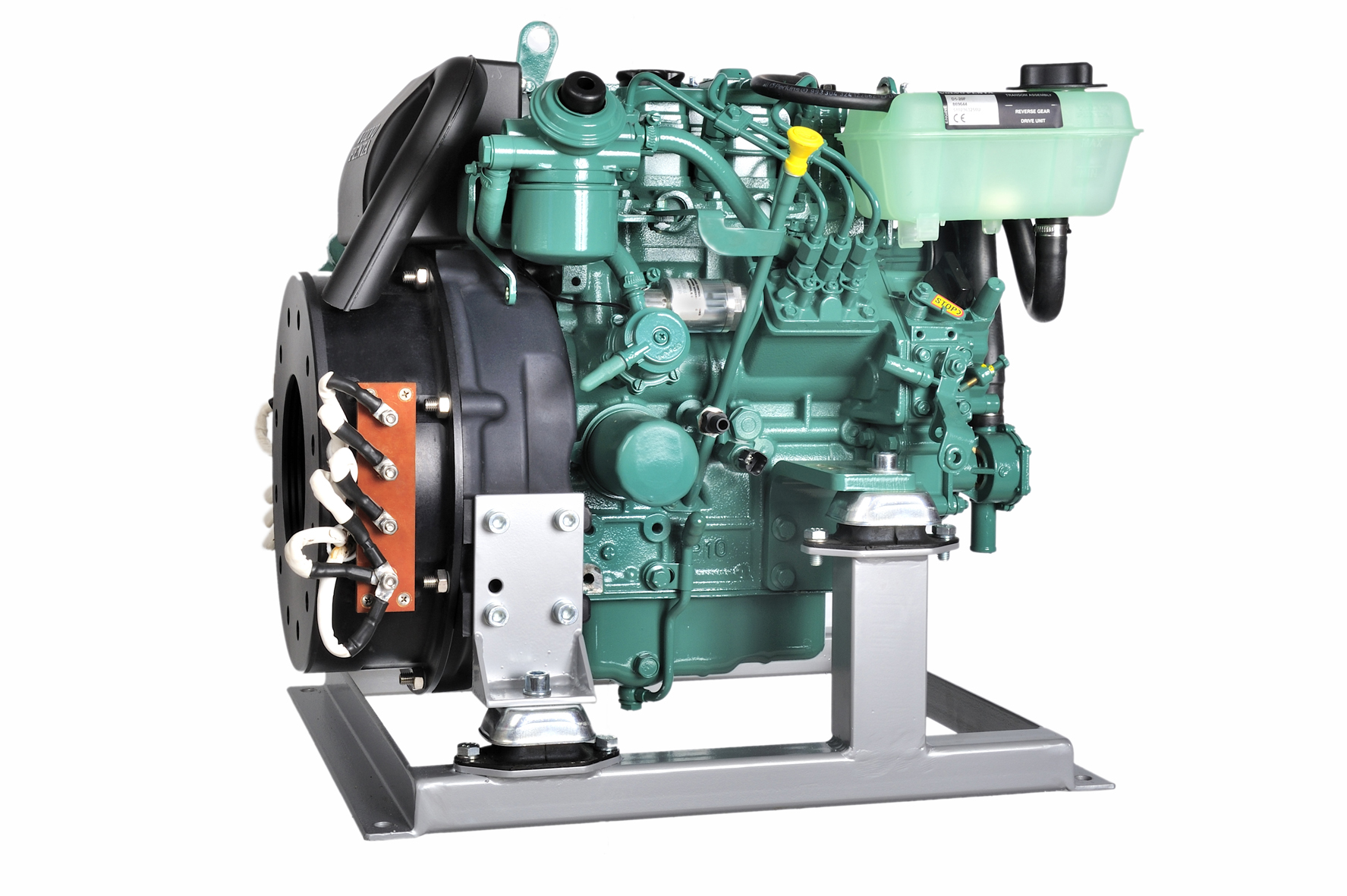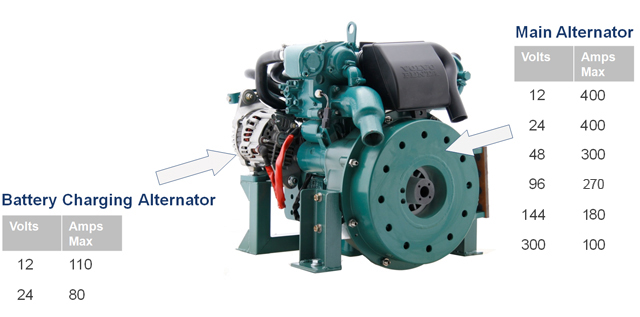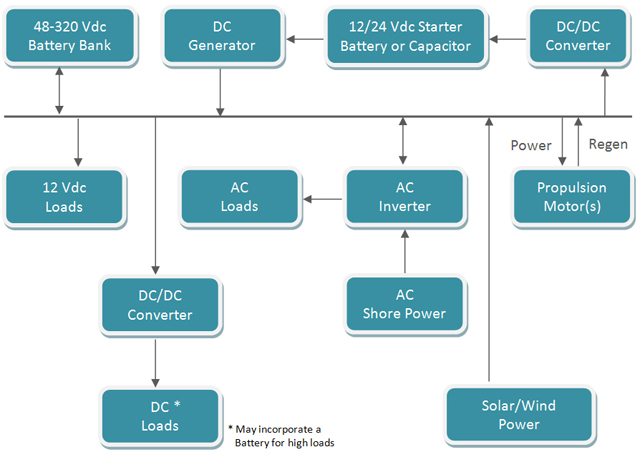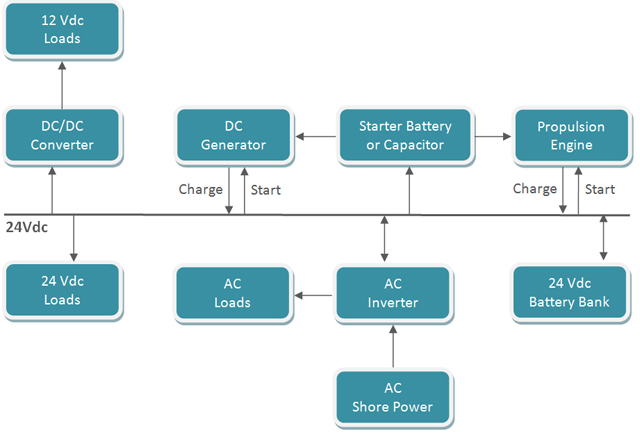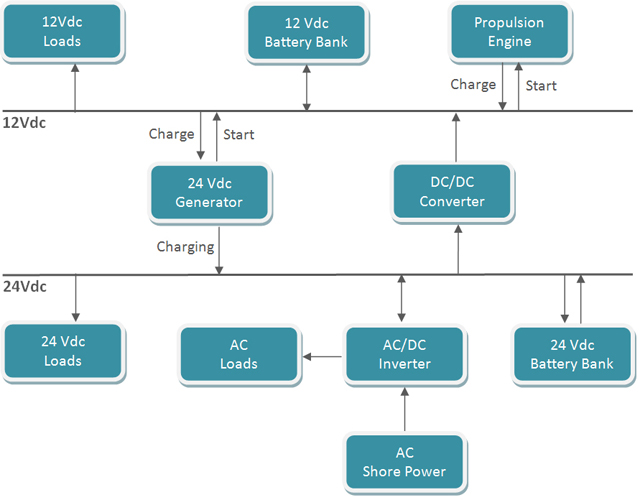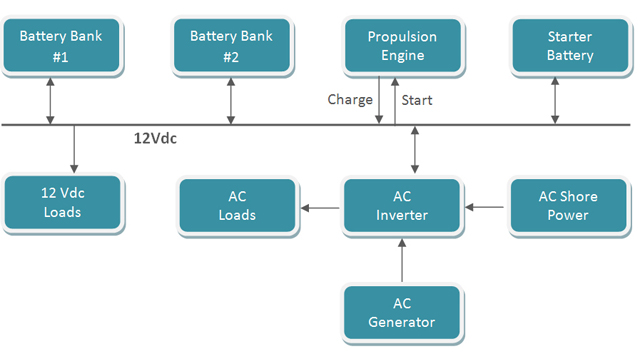Save up to 70% or more fuel consumption with a Polar Power Marine power system
Polar Power’s goal is to provide technology that will both increase your yachting pleasure and reduce its environmental impact. We offer the most efficient technologies and products that will also increase your boating safety and reliability.
Polar Power efficiently integrates DC generators, DC motors, batteries, inverters, DC air-conditioners, and other accessories into a well engineered system that will enhance your boating pleasure and safety. Your fuel usage will dramatically decrease along with the run time of your generator providing less: noise, vibration, smell, maintenance, and operating cost.
Our DC propulsion motors are engineered for the task and, unlike others, are not a conglomeration of belts, brackets, multiple motors, and spray paint marinization.
Polar Power through its partnerships and joint ventures has unique access to products and components that are used in demanding aerospace, military, and telecommunications power systems that are typically not available for recreational marine applications. These high performing components are the foundation of our product line. Our products exceed marine performance requirements, providing longer service life in the harshest marine conditions.
Traditional marine power systems are too heavy, large in volume, waste fuel, and not sufficiently reliable. We know that when you are on the water, you must be able to trust your power equipment. It simply cannot break. If a failure does occur, a rapid and convenient process must be in place to restore it. With these strict requirements, it is not surprising that the technology behind most of our products was originally developed for applications in aerospace, military, and telecommunications.
Our marine engineered DC power equipment provides:
- Unmatched Reliablity
- High Energy Efficiency
- Compact Footprint
- Ease of Installation
- Years of Trouble-Free Maintenance.
- Polar Power systems and products are very cost effective and will lower your operating expense.
To learn more about our innovative products visit the Products portion of our web site. Please feel free to Contact Us for questions assistance in choosing the right product and the right sizing for your specific application.
Polar Power alerts you to an important safety matter involving both Electric and conventional diesel propulsion and conventional diesel drive vessels with generators and battery banks:
There is a problem with many Battery Management systems (BMS) and the method they use to terminate the charge on Lithium Ion Batteries. When the battery reaches the desired charge level or if the batteries have a high temperature condition or other alarm event, the BMS automatically disconnects the charging source from the battery by opening a relay / contactor. A sudden disconnection of a load from any type of generator (AC or DC) will cause a high voltage spike that can damage the generator and any other electrical equipment connected to the system. This is also true for shore powered chargers and belt driven charging alternators on the diesel engine. The electrically damaged equipment can cause a fire.
The proper and safe means to stop the charging cycle is to send a signal to the generators control system initiating an orderly “power down” sequence. Many belt driven alternators and their charging regulators have an enable switch that also allow an orderly shutdown of charging.
Different Approaches to Onboard Power Supply Systems
Polar DC Generators come standard with 2 DC Outputs
There are various ways to supply on-board power to a marine vessel depending on the specific application and usage demands. This page provides an overview of the various types of installations as well as their advantages and disadvantages.
48-320 Vdc Onboard Hybrid Power
Choosing the Correct Batteries
Batteries are the most important component of an onboard power system – your safety and pleasure will be enhanced with the selection of the right battery.
Many boats use an automotive style for starting their engine and this is a good choice. Using the same style battery to store energy to operate the appliances is not a good choice, even if the battery is marked “Marine Heavy Duty”. Many boats will use a large quantity of these automotive style/marine heavy duty batteries in parallel to overcome their poor performance. Unfortunately, this worsens the situation.
Unless your need is for a very small energy storage capacity, its best to avoid 12V automotive style batteries. Best practice is to use the taller and heavier duty 6 volt or the individual 2V–3.2V battery cells. There are many good and bad batteries to choose from including: flooded lead acid golf cart style battery, the newer sealed AGM, starved electrolyte, or VRL type batteries. If you’re budget allows, lithium-ion batteries offer the best performance.
Please note that some of the high-tech sealed batteries have very poor performance parameters, especially those used in UPS systems and telecommunications. These batteries are designed for long life without cycling.
There are lithium-ion battery kits on the market supplied without cell equalizers or other electronics to manage individual cell temperatures and voltages – make sure your battery pack incorporate these features. Polar Power is supplying Lithium-ion kits that are monitored and controlled through our BMS.
24 Vdc Onboard Power with DC Generator
A pure 24 Vdc power system has the following advantages:
- Wire gauge sizes can be reduced by 1/2, saving considerable weight and cost.
- Starters for the generator and propulsion engine are more robust and reliable.
- Motors used for winches, autopilot, water maker, bow thrusters are more durable and better performing.
12/24 Vdc Onboard Power with DC Generator
Using a 12/24 Vdc system has the following advantages:
- The 24V battery bank is more efficient in providing power to the inverter and this will allow longer operation on the battery before recharging.
- Inverters produce electrical noise on the electrical bus; and having 2 separate electrical buses allows the more sensitive communications and navigation electronics to be powered by clean 12V electrical buss. Other noise producing appliances such as refrigeration, radar, and winches can be powered off the 24V buss.
- Wire gauge size to 24V appliances can be reduced in size and voltage drops minimized. Electric motor performance on winches will be enhanced.
- The 24V battery bank will last longer than the 12V battery bank.
- The DC generator is more efficient at 24V and higher voltages.
- Battery technology is improving and costs for high-performance batteries are dropping. Having a 24V or higher voltage generator provides more efficient power for rapid charging the new battery technologies.
12 Vdc Onboard Power with DC Generator
The advantages of using a DC generator:
- Generator runtime is significantly reduced for comparable charge.
- A DC generator is smaller and lighter than a comparable AC generator.
- Less fuel is used in charging the battery.
The disadvantages of an all 12V system include:
- Safety is reduced due to heavy currents flowing through terminals and wired connections. At high currents even a little bit of resistance (due to corrosion) can generate temperatures high enough to melt copper, this can create a fire hazard.
- Efficiency in the DC to AC inverter is greatly reduced because the transistors experience higher power losses due to the higher current levels.
- Battery life decreases as the number of cells (batteries) are charged in parallel. Charging in cells in series helps ensure that each cell charged equally. Battery banks at 24V and higher reduces the number of cells in parallel to achieve banks of desired watt hour capacity.
- System cost and vessel weight are increased because copper wires of larger gauge size are required to handle the current.
- Larger battery banks are required in 12V systems as opposed to 24V systems. A 12V battery bank is less efficient in operating an inverter and therefore has to increase in size.
- Motors for winches, anchors, autopilot, desalinization and other are less efficient at 12V. As the battery drops in voltage the motor performance dies off.
12 Vdc Onboard Power with AC Generator
The disadvantages of using an AC generator:
- The AC generator takes longer to charge the battery due to current limits in the inverter or battery charger. Adding additional inverters or battery chargers increases system cost and takes up space while adding weight.
- The conversion of AC to DC consumes more fuel due to power conversion losses in the inverter or battery charger.
- The AC generator is significantly larger and heavier than the DC generator.



